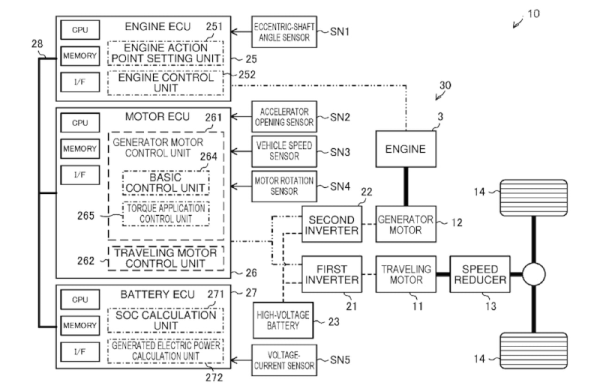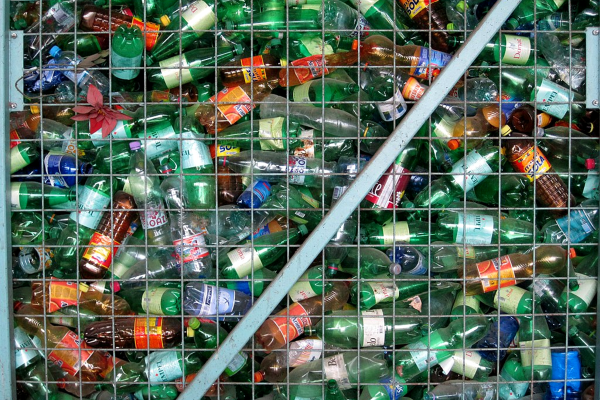This week, Editor-in-Chief Elliot Williams and Assignments Editor Kristina Panos delighted in the aural qualities of Kristina’s brand new, real (read: XLR) microphone before embarking on creating a podcast highlighting the best of the previous week’s hacks.
This week in the news, NASA returned to the Moon with Artemis I, and this time, there are CubeSats involved. After that, it’s on to the What’s That Sound results show, marred by Kristina’s cheating scandal (listening ahead of time) and Elliot’s reading the filename aloud before we started recording. Finally, we move on to the hacks — they start with a trip to the 90s both sonically and visually, and end with a really nice alarm clock that’s decidedly 70s, and definitely Hackaday.
Check out the links below if you want to follow along, and as always, tell us what you think about this episode in the comments!
And/or download it and listen offline.



















